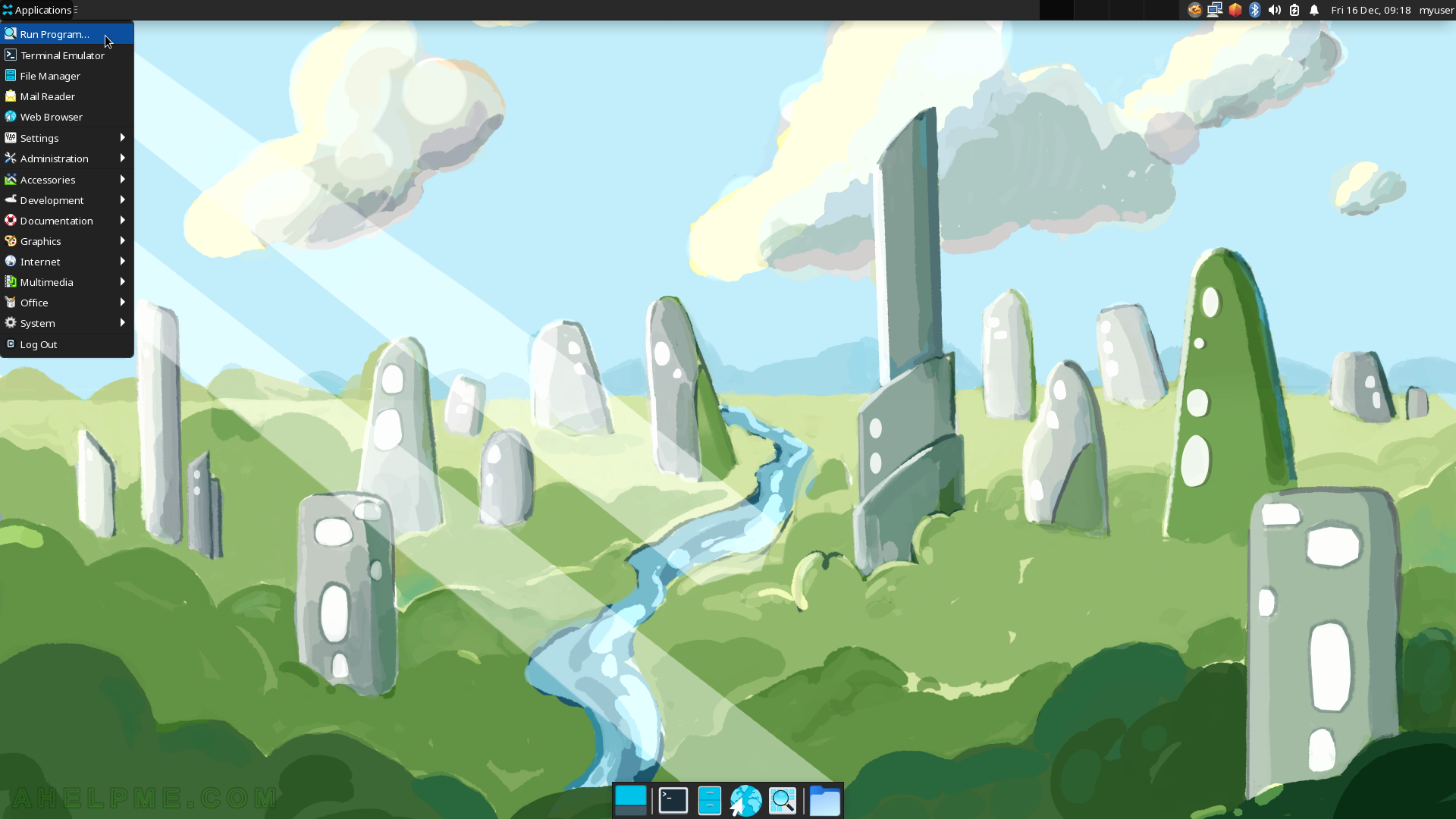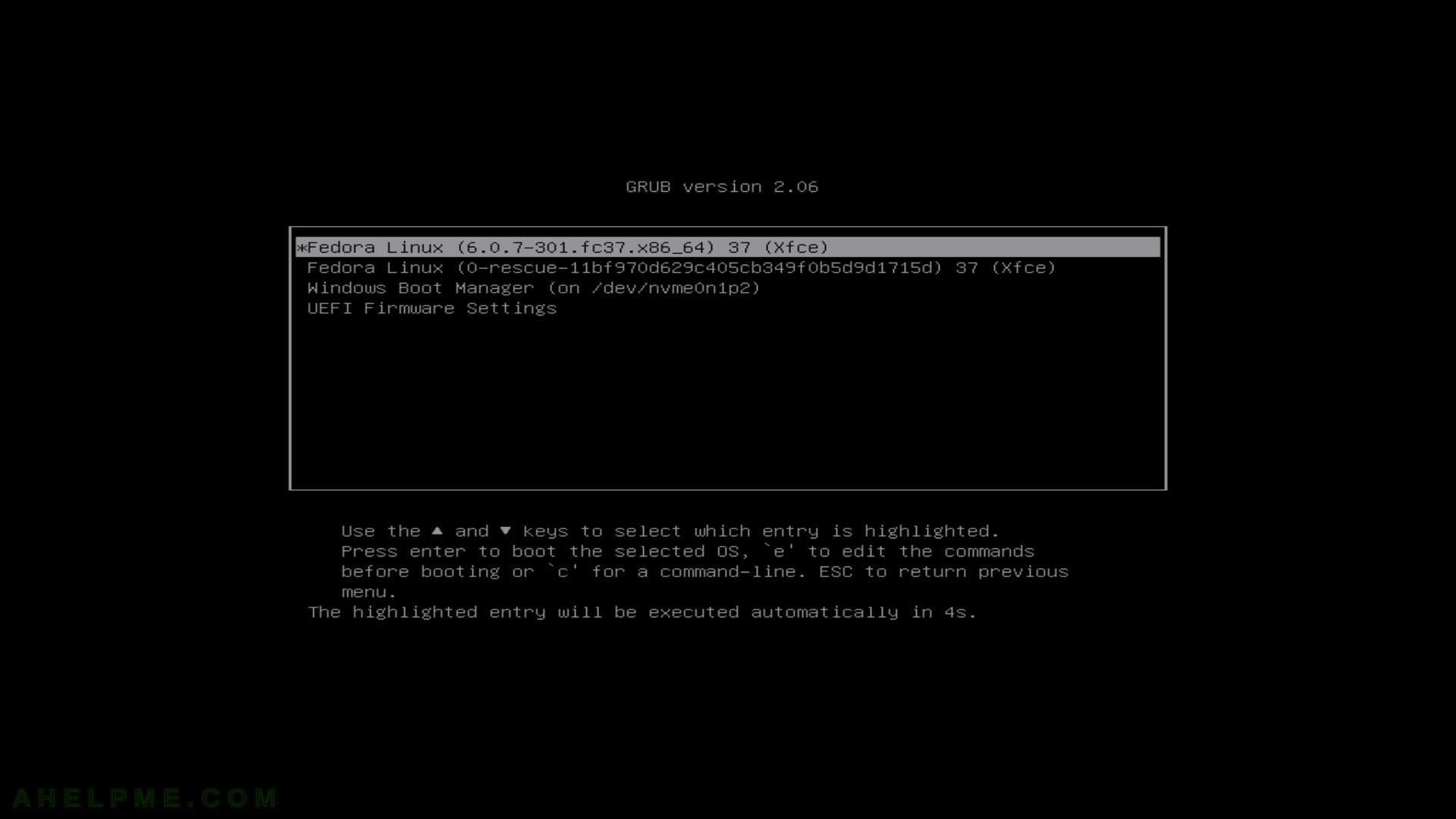After the tutorial of how to install Fedora 37 Xfce Desktop this tutorial is mainly to see what to expect from a freshly installed Fedora 36 Xfce Desktop – the look and feel of the new Xfce GUI (Xfce version – 4.16). The Fedora 37 Xfce Desktop is part of Fedora spins – https://spins.fedoraproject.org/xfce/
Here you can find how to Install Fedora 37 Xfce Desktop.
The idea of this article is to see what to expect from Fedora 37 Xfce – the look and feel of the GUI, the default installed programs, and their look and how to do some basic steps with them. Here you’ll find more than 130 screenshots and not so many texts we do not want to turn this review of many texts and version information and 3 meaningless screenshots, which you could not see anything for the user interface because these days it is the primary goal of a Desktop system. You can expect more of this kind of review in the future.
This article is the first part of reviewing the Fedora 37 Xfce Desktop. The second article contains Xfce Settings screenshots are coming soon.
Xfce is a collection of programs that provides a features-rich desktop environment.
Here are some core elements:
- Window Manager (xfwm4) – Handles the placement of windows on the screen.
- Panel (xfce4-panel) – Provides a home for window buttons, launchers, app menu and more.
- Desktop Manager (xfdesktop) – Sets desktop backgrounds, handles icons and more.
- File Manager (thunar) – Manages your files in a modern, easy-to-use and fast way.
- Volume Manager (thunar-volman) – Manages removable drives and media for Thunar.
- Session Manager (xfce-session) – Saves and restores your session, handles startup, autostart and shutdown.
- Setting System (xfce3-settings) – Configures appearance, display, keyboard, and mouse settings.
- Application Finder (xfce4-appfinder) – Quickly finds and launches applications installed on your system
- Settings Daemon (xfconf) – Stores your settings in a D-Bus-based configuration system.
- A Menu Library (garcon) – Implements a freedesktp.org compliant menu based on GLib and GIO.
- Thumbnails Services (tumbler) – Implements the thumbnails management D-Bus specification.
Fedora 37 Xfce screenshots
SCREENSHOT 1) Fedora (6.0.7-301.fc37.x86_64) 37 (Xfce)
SCREENSHOT 2) Loading with Fedora logo.
The system is starting and the services are starting in the background. Hitting the “ESC” key will show the console output of starting services.
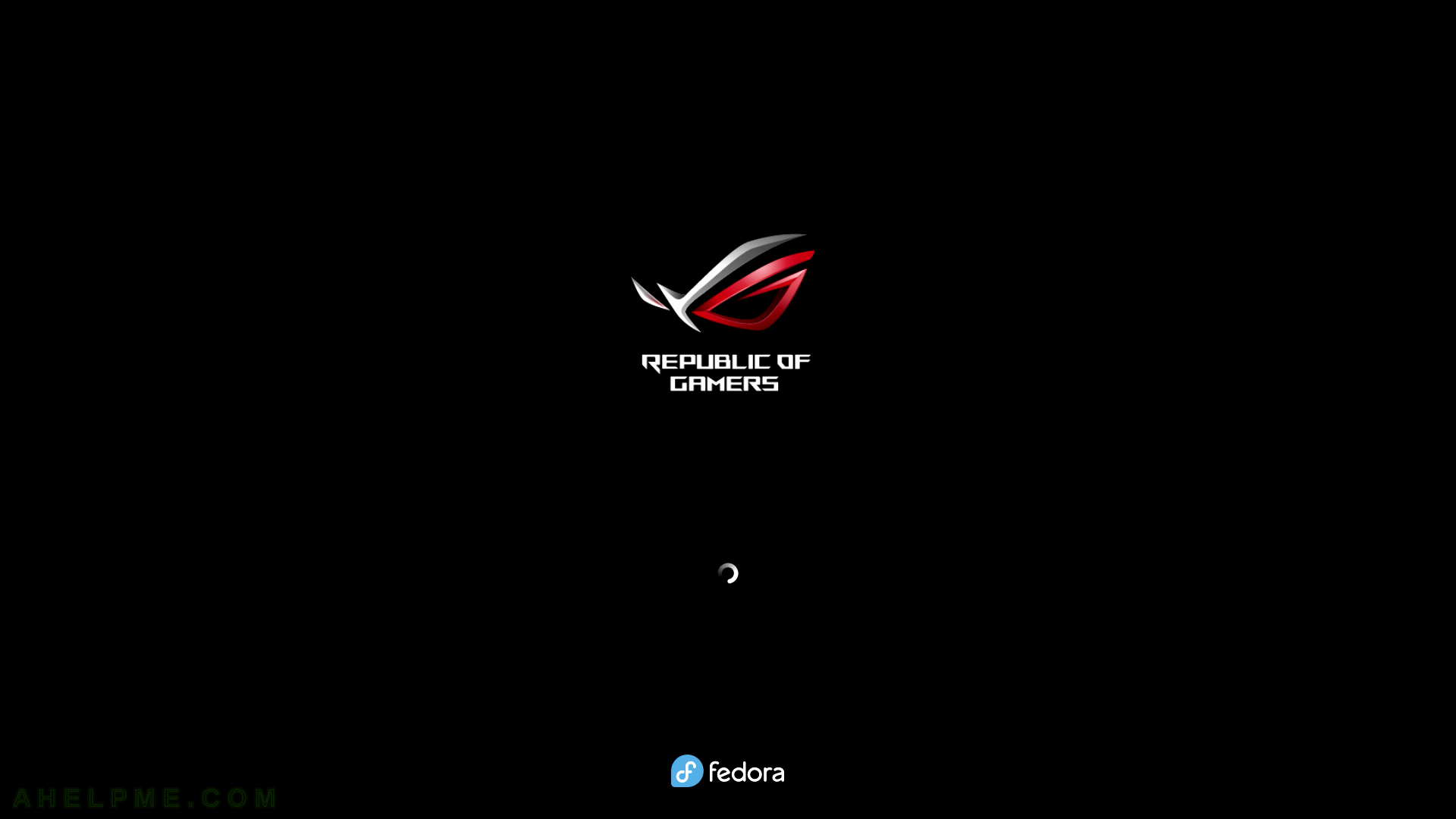
SCREENSHOT 3) Select the user and enter its password to log in.
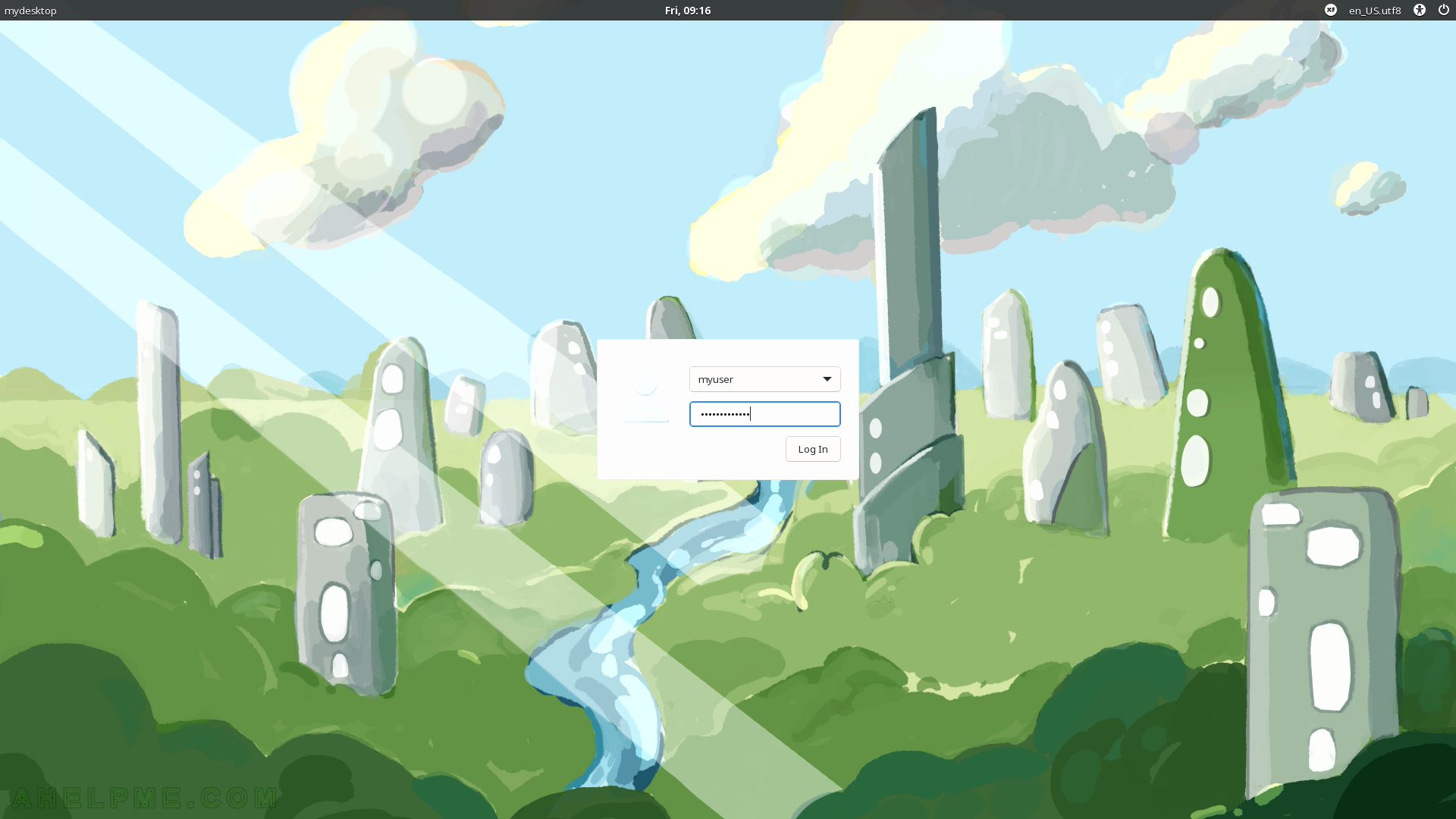
SCREENSHOT 4) Xfce desktop overview with two panels – on the middle bottom and on the top with the “Applications” button.
The Applications button will show the main menu of the Xfce with all GUI applications installed on the system. There are 4 “screens” called workspaces in Xfce and a pager to switch to one of them is located near the clock and notification on the top panel.
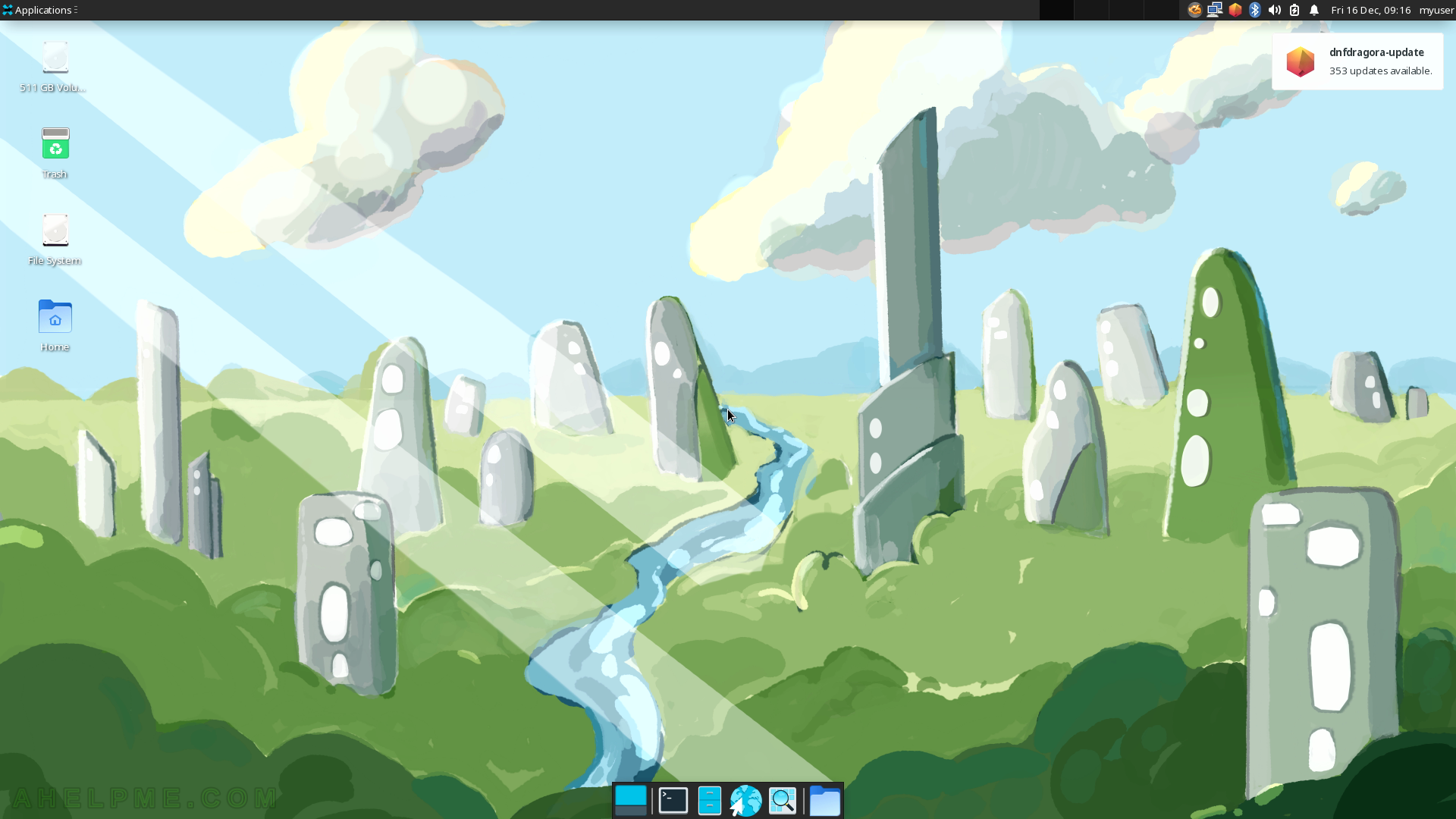
SCREENSHOT 5) The user context menu – shortcuts for “Lock Screen”, “Switch User”, “Suspend”, “Shut Down” and “Log Out…”.
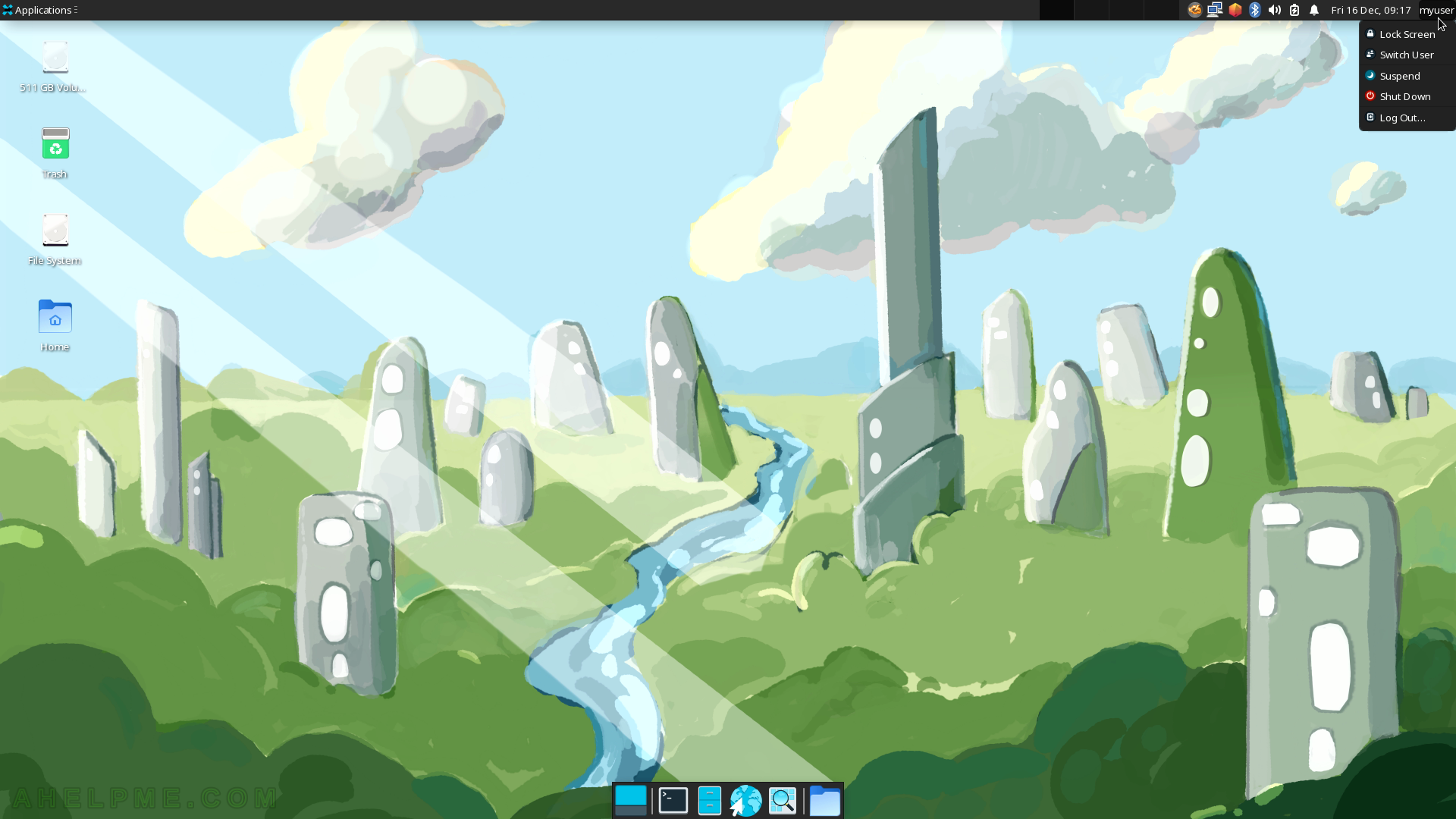
SCREENSHOT 6) The calendar next to the clock
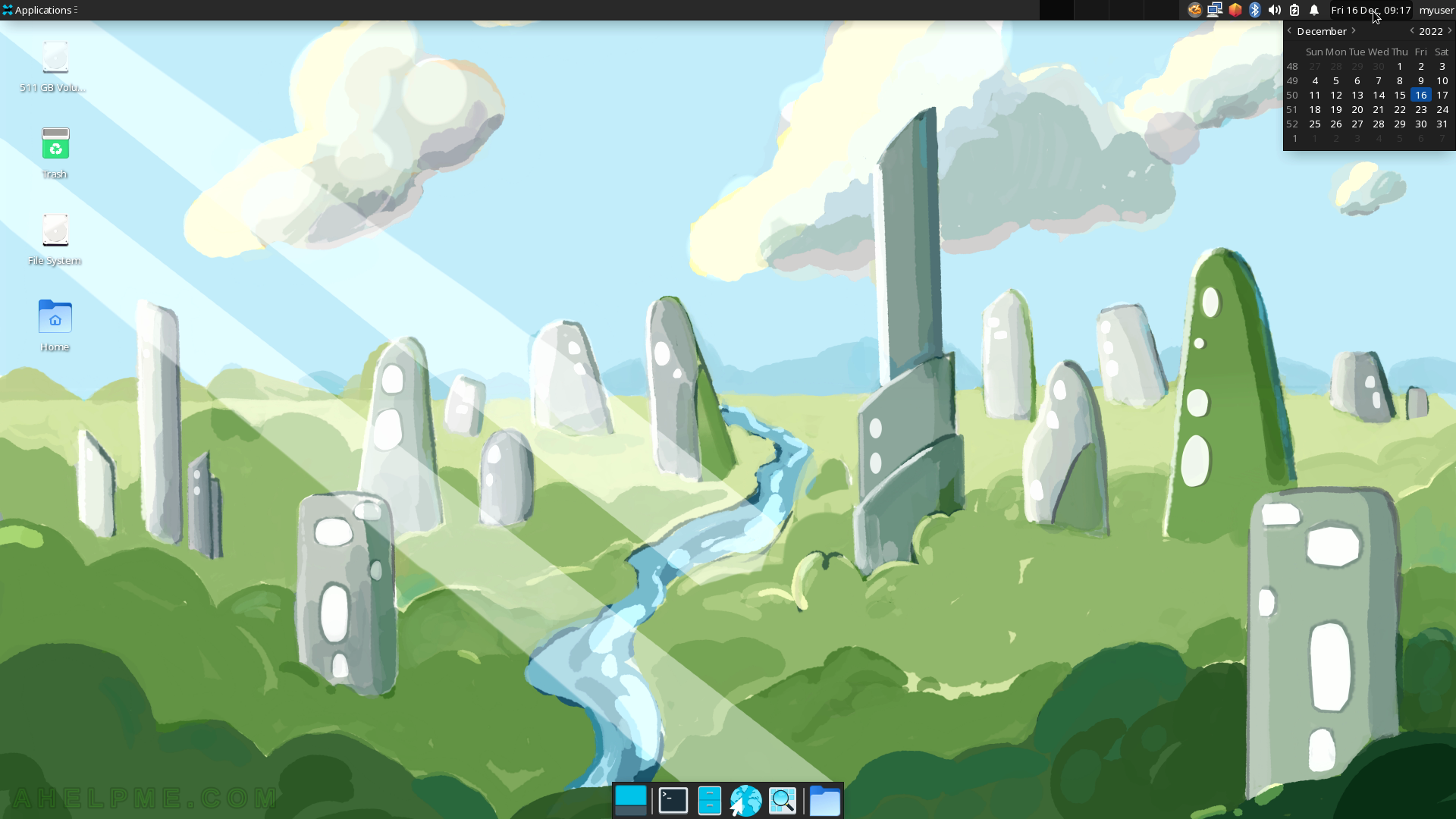
SCREENSHOT 7) Notifications are sent by various GUI applications.
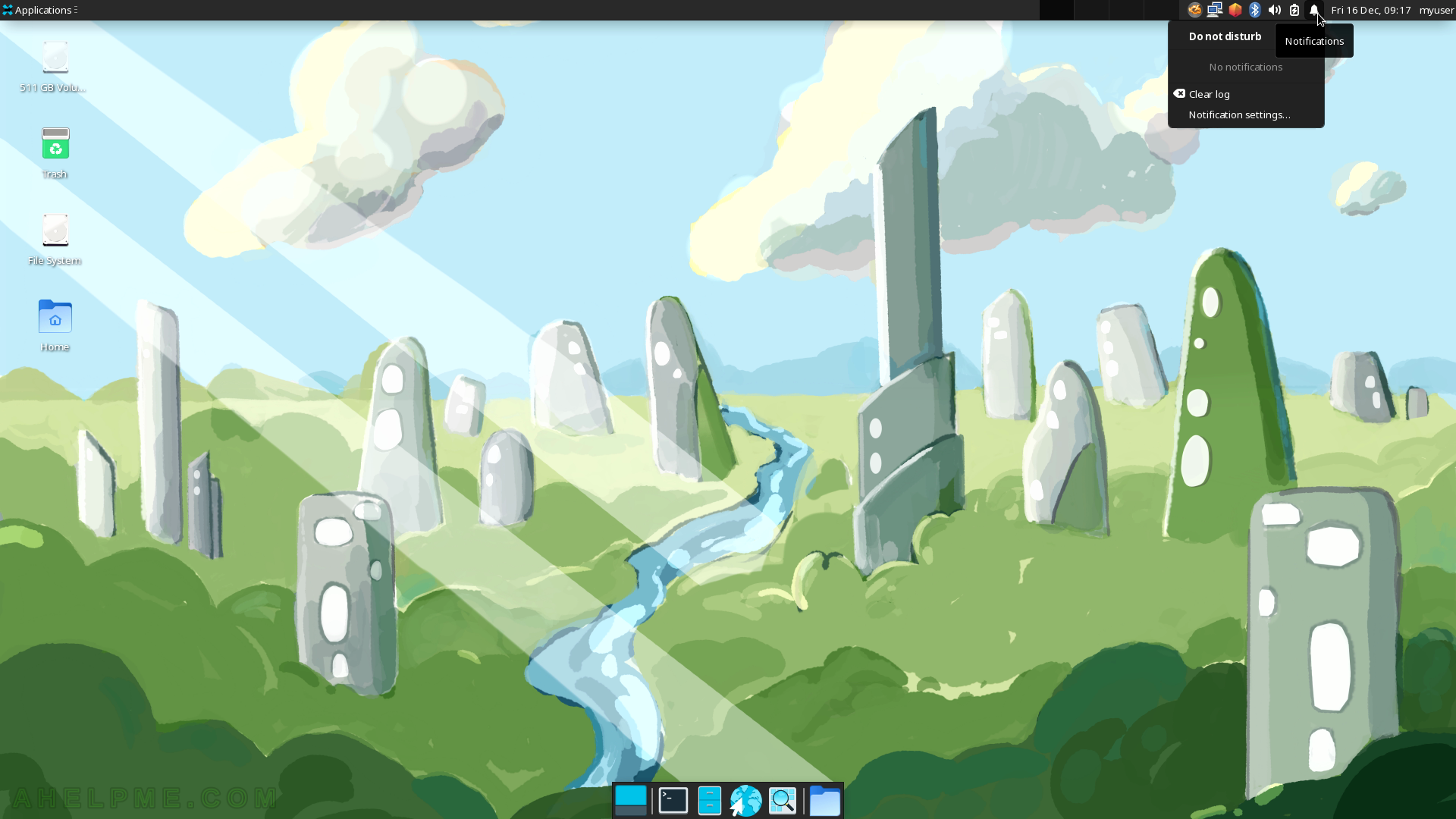
SCREENSHOT 8) The volume control.
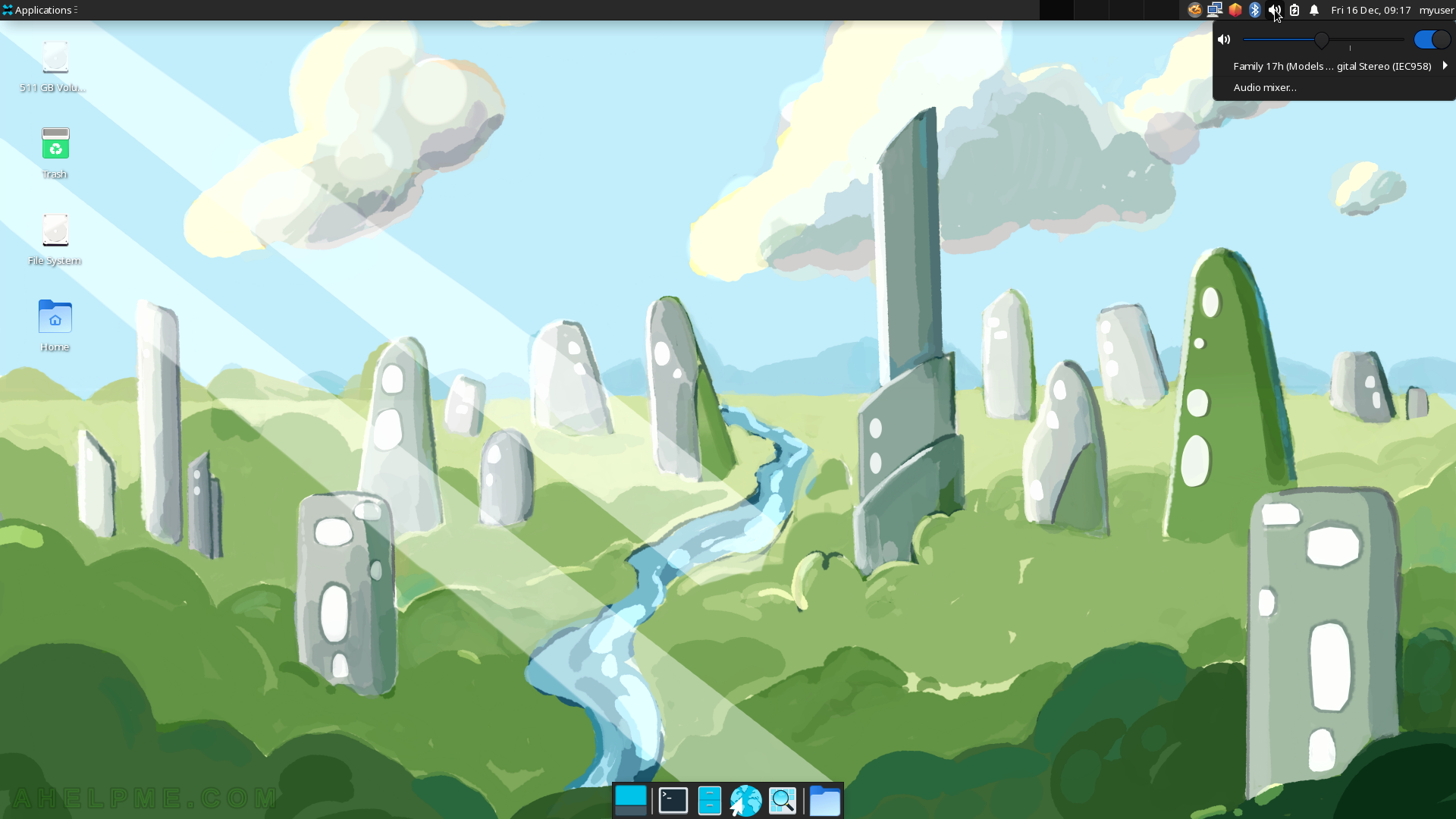
SCREENSHOT 9) The network connections icon offers management for Wired and Wi-Fi Networks.
It shows all the available network adapters and VPNs with a short list of Wi-Fi networks in range.
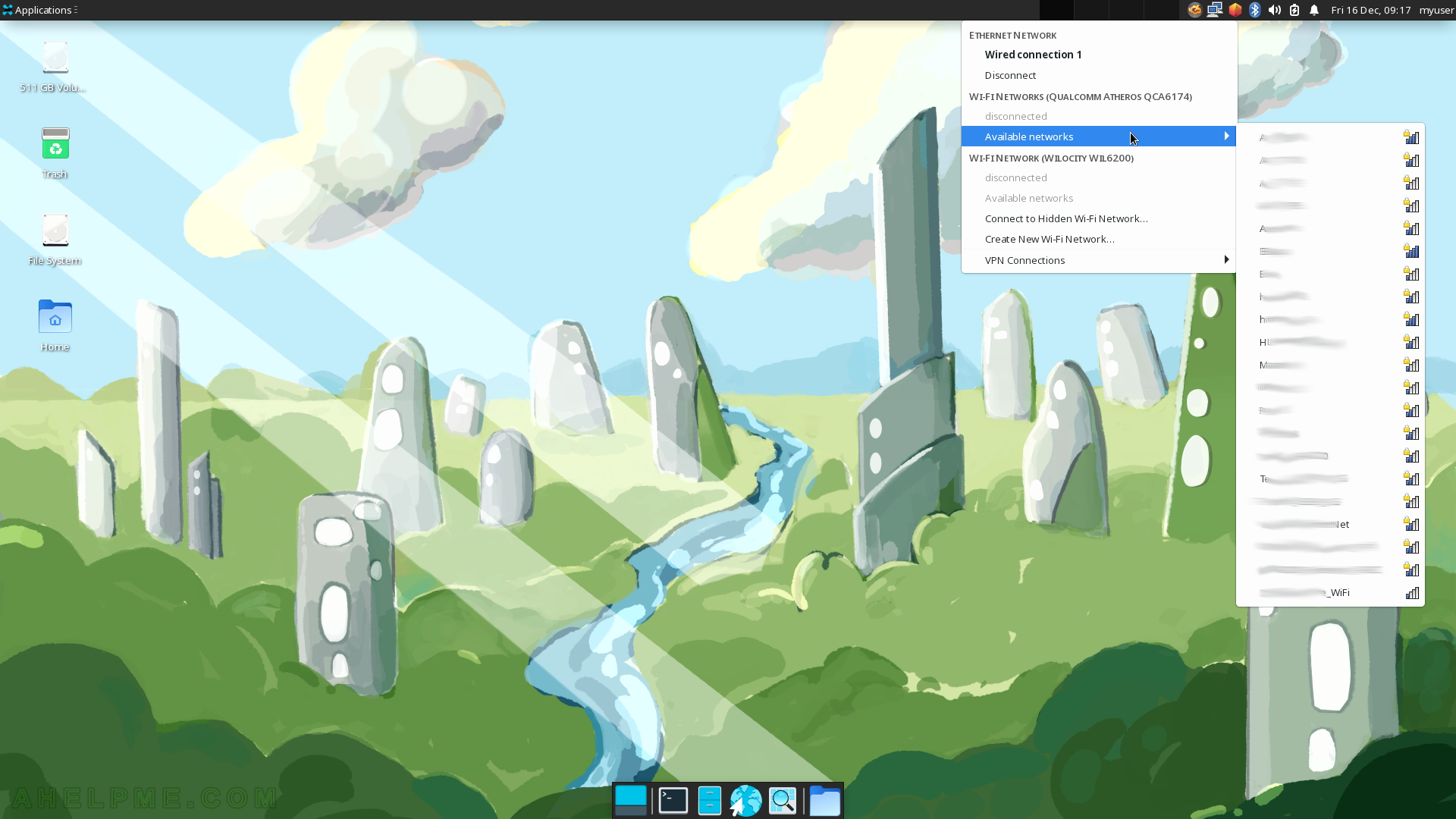
SCREENSHOT 10) The Applications button shows the Xfce main menu, which shows all the GUI applications installed on the system.
First menu items are important and frequently used programs by a user under GUI – “Run Program…”, Terminal Emulator, File Manager, Mail Reader, and Web Browser. The second part consists of sub-menu items grouped by functionality – Settings, Administration, Accessories, Development, Documentation, Graphics, Internet, Multimedia, Office, System and the last one is the Log out sub-menu, which offers the user to log out, power off or suspend the computer.
